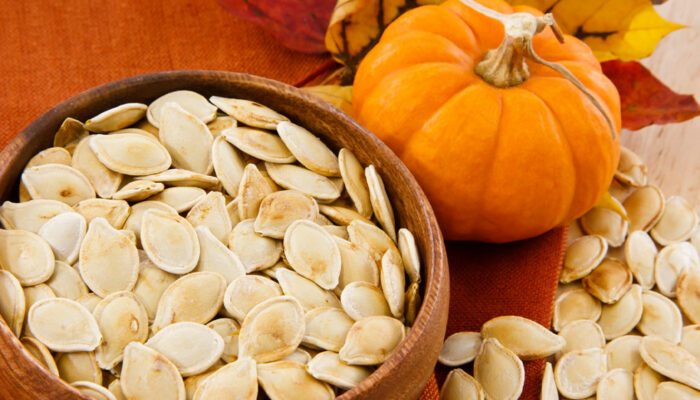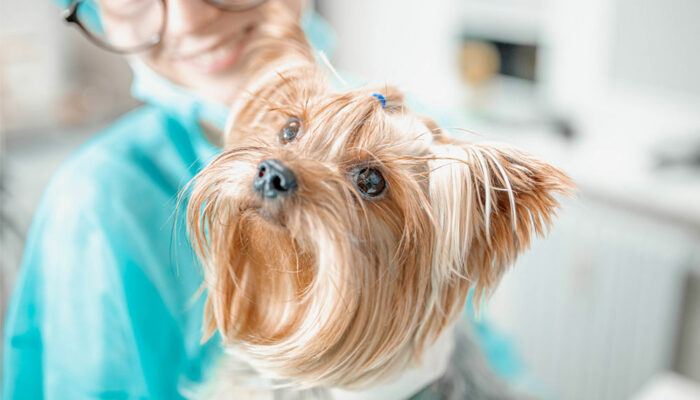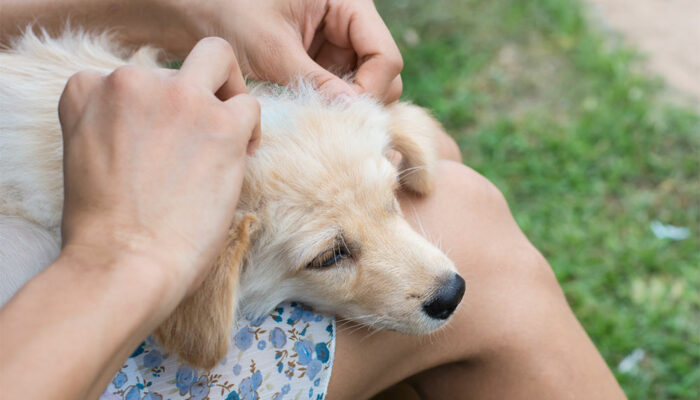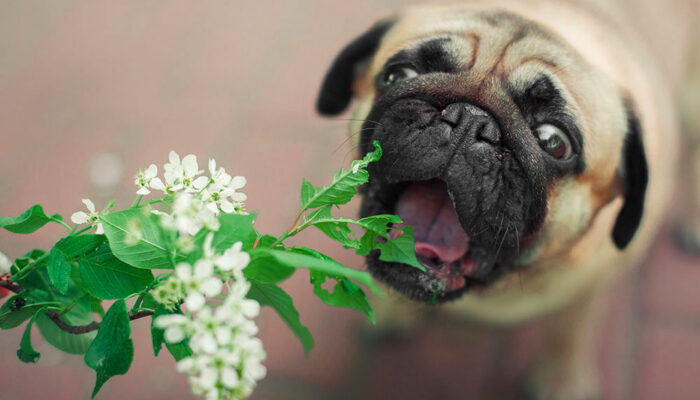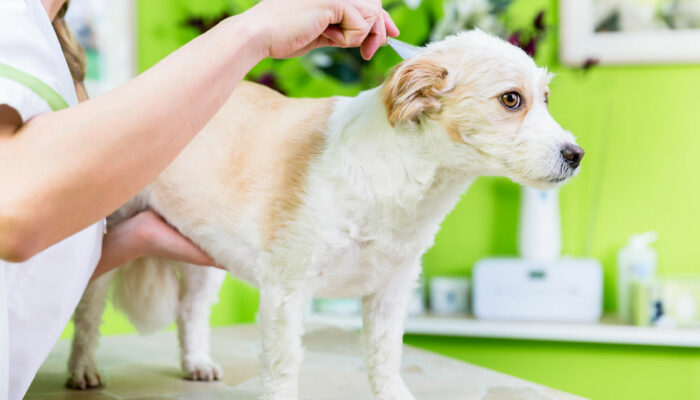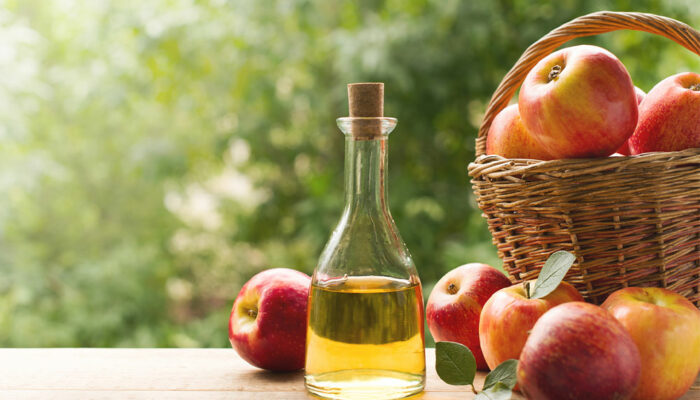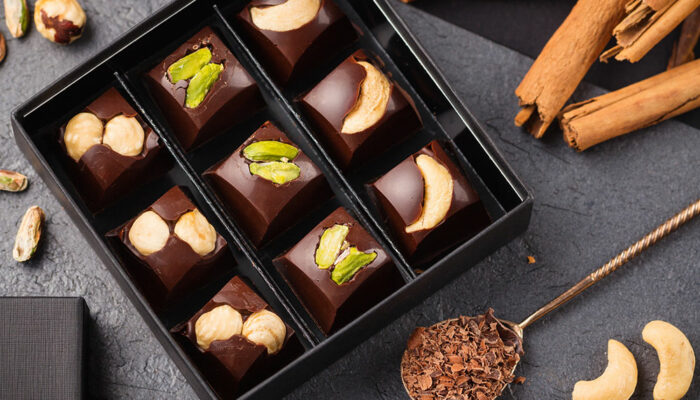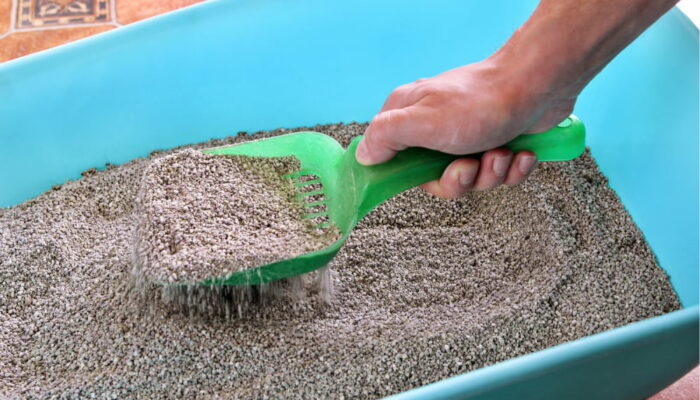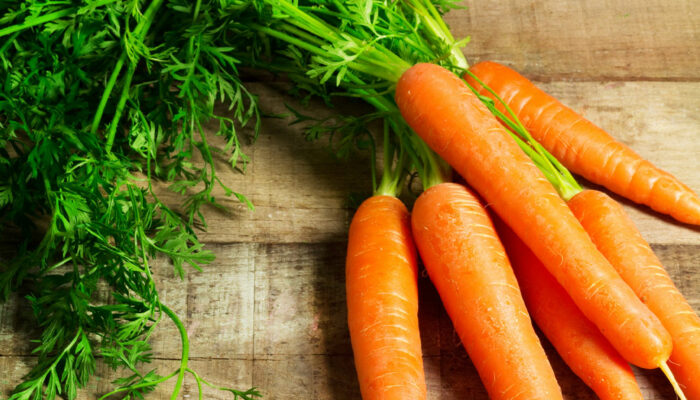
pets
4 human foods that cats can enjoy
Our pet cats are part of the family. So, it is quite normal and common to want to share your food with them. But when it comes to giving them treats off your plate, you should be careful. This is because some human foods can be harmful; however, there is an extensive list of foods that are perfectly safe for them. Read on to find out more about human foods that are safe for cats. Fish Fish is one of the best human foods that you can treat your pet cat to. But of course, not all fish is good for your cat. You want to stick to oily fish such as salmon, mackerel, and tuna to ensure they get the essential omega-3 fatty acids and other vitamins and nutrients. Fatty fish is known to help with eyesight, reduce joint pain, and improve brain function in cats and humans. Note that it is crucial to cook any fish you are feeding your cat to avoid digestive troubles. Meat Meat is another great human food that you can feed your cat. They are rich in protein and provide lots of nourishment when cooked healthily. But remember, meat also contains tons of bacteria such as E.coli, which can make your cat sick.
Read More 